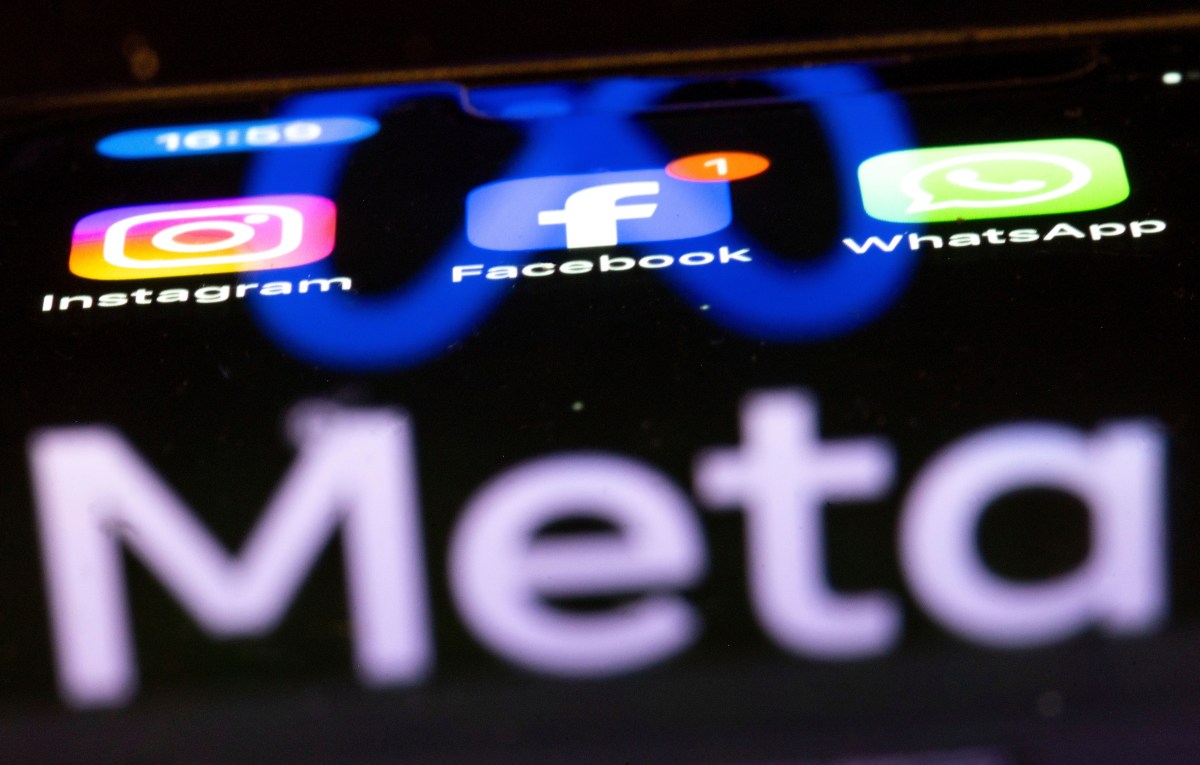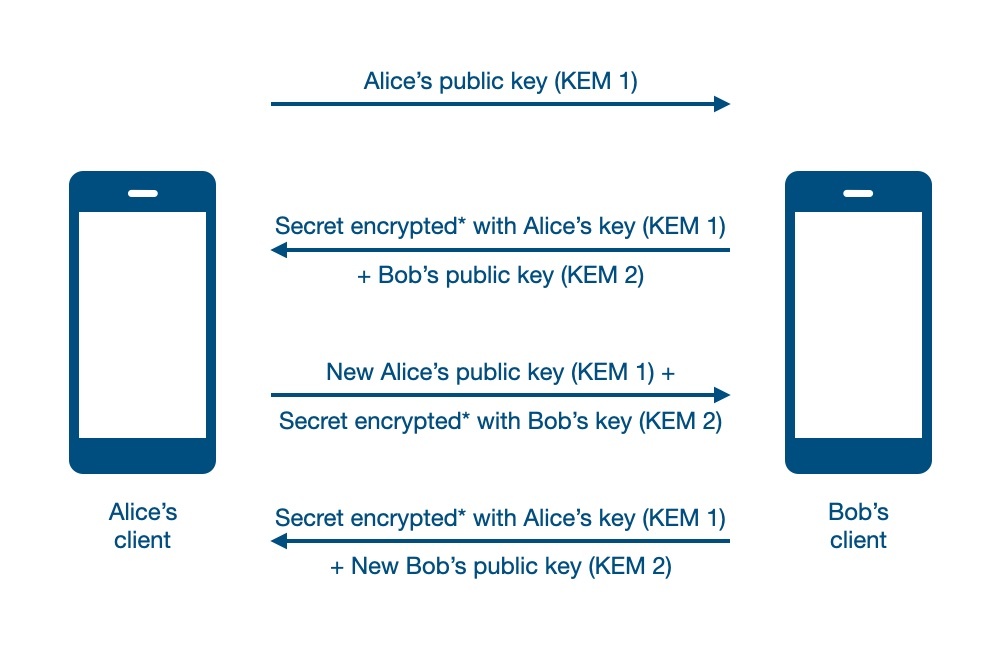Arthur Besse
cultural reviewer and dabbler in stylistic premonitions
- 24 Posts
- 106 Comments
Formally.
 23·2 months ago
23·2 months agoUpload bandwidth doesn’t magically turn into download bandwidth
Actually, it does. Various Cable and DSL standards involve splitting up a big (eg, measured in MHz) band of the spectrum into many small (eg, around 4 or 8 kHz wide) channels which are each used unidirectionally. By allocating more of these channels to one direction, it is possible to (literally) devote more band width - both the kinds measured in kilohertz and megabits - to one of the directions than is possible in a symmetric configuration.
Of course, since the combined up and down maximum throughput configured to be allowed for most plans is nowhere near the limit of what is physically available, the cynical answer that it is actually just capitalism doing value-based pricing to maximize revenue is also a correct explanation.

 7·2 months ago
7·2 months ago

 12·2 months ago
12·2 months agoIf copyright holders want to take action, their complaints will go to the ISP subscriber.
So, that would either be the entity operating the public wifi, or yourself (if your mobile data plan is associated with your name).
If you’re in a country where downloading copyrighted material can have legal consequences (eg, the USA and many EU countries), in my opinion doing it on public wifi can be rather anti-social: if it’s a small business offering you free wifi, you risk causing them actual harm, and if it is a big business with open wifi you could be contributing to them deciding to stop having open wifi in the future.
So, use a VPN, or use wifi provided by a large entity you don’t mind causing potential legal hassles for.
Note that if your name is somehow associated with your use of a wifi network, that can come back to haunt you: for example, at big hotels it is common that each customer gets a unique password; in cases like that your copyright-infringing network activity could potentially be linked to you even months or years later.
Note also that for more serious privacy threat models than copyright enforcement, your other network activities on even a completely open network can also be linked to identify you, but for the copyright case you probably don’t need to worry about that (currently).

 64·3 months ago
64·3 months agohe wouldn’t be able to inject backdoors even if he wanted to, since the source code is open
Jia Tan has entered the chat

 1·4 months ago
1·4 months agoIf you use systemd’s DHCP client, since version 235 you can set
Anonymize=truein your network config to stop sending unique identifiers as per RFC 7844 Anonymity Profiles for DHCP Clients. (Don’t forget to also setMACAddressPolicy=random.)
They only do that if you are a threat.
Lmao. Even CBP does not claim that. On the contrary, they say (and courts have so far agreed) that they can perform these types of border searches without any probable cause, and even without reasonable suspicion (a weaker legal standard than probable cause).
In practice they routinely do it to people who are friends with someone (or recently interacted with someone on social media) who they think could be a threat, as well as to people who have a name similar to someone else they’re interested in for whatever reason, or if the CBP officer just feels like it - often because of what the person looks like.
It’s nice for you that you feel confident that you won’t be subjected to this kind of thing, but you shouldn’t assume OP and other people don’t need to be prepared for it.
If they ask for a device’s password and you decline to give it to them, they will “detain” the device. See this comment for some links on the subject.
I’m pretty sure that immigration in the US can just confiscate your devices if you are not a citizen .
CBP can and does “detain” travelers’ devices at (or near) the border, without a warrant or any stated cause, even if they are US citizens.
Here is part of the notice they give people when they do:

Or just removing my biometrics?
Ultimately you shouldn’t cross the US border carrying devices or encrypted data which you aren’t prepared to unlock for DHS/CBP, unless you’re willing to lose the hardware and/or be denied entry if/when you refuse to comply.
If they decide to, you’ll be handed this: “You are receiving this document because CBP intends to conduct a border search of your electronic device(s). This may include copying and retaining data contained in the device(s). […] Failure to assist CBP in accessing the electronic device and its contents for examination may result in the detention of the device in order to complete the inspection.”
Device searches were happening a few hundred times each month circa 2009 (the most recent data i could find in a quick search) but, given other CBP trends, presumably they’ve become more frequent since then.
In 2016 they began asking some visa applicants for social media usernames, and then expanded it to most applicants in 2019, and the new administration has continued that policy. I haven’t found any numbers about how often they actually deny people entry for failing to disclose a social media account.
In 2017 they proposed adding the authority to also demand social media passwords but at least that doesn’t appear to have been implemented.

 6·4 months ago
6·4 months agoadding all compiled file types including .pyc to .gitignore would fix it
But in this case they didn’t accidentally put the token in git; the place where they forgot to put
*.pycwas.dockerignore.
It seems to me that switching SIMs provides little privacy benefit, because carriers, data brokers, and the adversaries of privacy-desiring people whom they share data with are obviously able to correlate IMEIs (phones) with IMSIs (SIMs).
What kind of specific privacy threats do you think are mitigated by using different SIMs in the same phone (especially the common practice of using an “anonymous” SIM in a phone where you’ve previously used a SIM linked to your name)?

 9·4 months ago
9·4 months agoAt my workplace, we use the string @nocommit to designate code that shouldn’t be checked in
That approach seems useful but it wouldn’t have prevented the PyPI incident OP links to: the access token was temporarily entered in a
.pypython source file, but it was not committed to git. The leak was via.pyccompiled python files which made it into a published docker build.
python -c 'print((61966753*385408813*916167677<<2).to_bytes(11).decode())'how?
$ python >>> b"Hello World".hex() '48656c6c6f20576f726c64' >>> 0x48656c6c6f20576f726c64 87521618088882533792115812 $ factor 87521618088882533792115812 87521618088882533792115812: 2 2 61966753 385408813 916167677
If you’re ready to break free of Android, I would recommend https://postmarketos.org/ though it only works well on a small (but growing!) number of devices.
imho if you want to (or must) run Android and have (or don’t mind getting) a Pixel, Graphene is an OK choice, but CalyxOS is good too and runs on a few more devices.
It’s literally a covert project funded by google to both sell pixels and harvest data of “privooocy” minded users. It seems to be working well.
Is it actually funded by Google? Citation needed.
I would assume Graphene users make up a statistically insignificant number of Pixel buyers, and most of the users of it I’ve met opt to use it without any Google services.



















I wrote a comment here about why sealed sender does not achieve what it purports to.